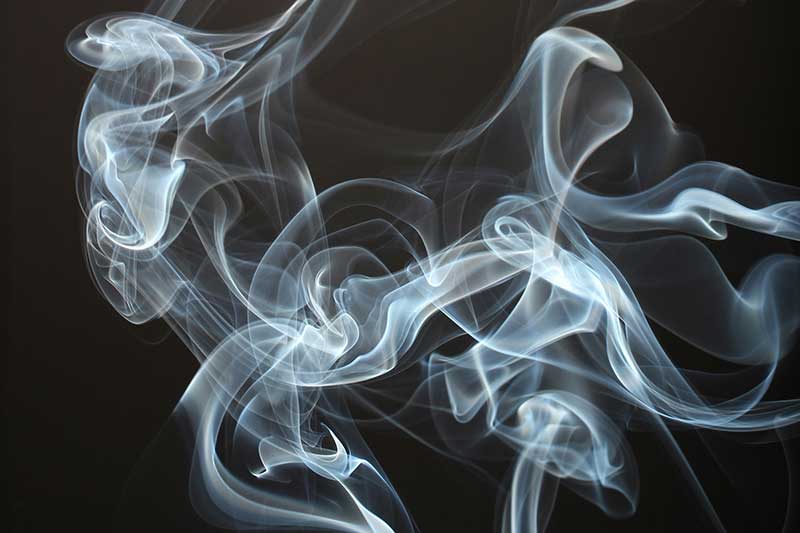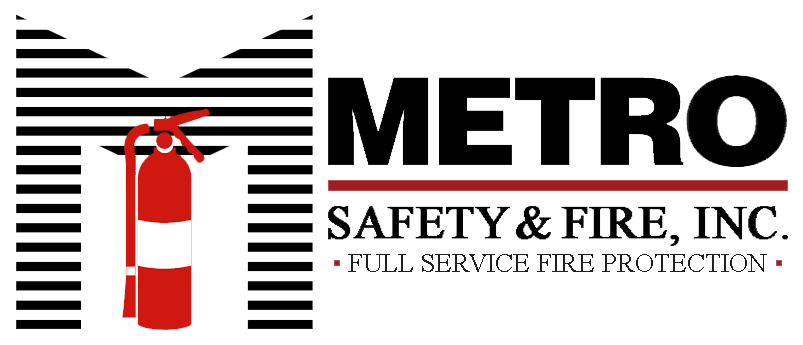- Published
- Author
- Name
- @thefireguyspdx
 Photo by Thomas Stephan on Unsplash
Photo by Thomas Stephan on Unsplash
Ancient civilizations focused on basic fire prevention using fire pits & barriers. They understood the power of the flame and the necessity to contain it. As areas expanded, they mandated that wider streets be built to create distance as well as the use of nonflammable materials like mudbricks, stone and clay for structures, replacing thatch roofing with tiles of slate and clay. This strategy was helpful in stopping the spread of fires.
They were reactive in their pursuit of containing a fire.
Fast forward to modern society where their predecessor's ingenuity sparked a long and continuing history through the ages to innovate and then regulate structures to align to the growing population and associated risks.
This evolution created a proactive response to the possibility of having a fire.
Flexible water hoses replaced buckets of water, chemicals were combined in an apparatus for portability of extinguishing fires, fire escapes were invented for above ground rescues & escapes; and where there were once fire alarms that alerted a central office by telegraph to send the fire department, we now find intricately designed alarm systems that wirelessly connect directly to needed fire rescue dispatchers.
Most of these devices, from their introduction through the 1940's, were primarily used in commercial structures. When we headed into the residential boom of the 1950's, standardized building codes emerged strong, and the National Fire Protection Association (NFPA) played a key role - they required new construction to be equipped with smoke detectors and fire-resistant materials.
By the 1970's these once expensive devices and materials were made more affordable and accessible for the mainstream consumer. Finally, the average home could easily buy and install an early warning device.
So Now What?
Just about any local home goods, box-chain, or hardware store carries a slew of made-for-home devices. We have access to simple, proportionately affordable devices shown to significantly increase your ability to survive a structural fire readily available; but if you have spent any time standing in front of a display, you quickly learn that the choices are vast & wide.
So, how do you know what to buy? Let's briefly explore the differences between Smoke Detectors and Smoke Alarms.
Smoke Detectors & Smoke Alarms - What's the Difference?
While both smoke detectors and smoke alarms work to alert you to the presence of smoke, they each provide fire life safety coverage in very specific ways.
According to NFPA "...a smoke detector is just a sensor that monitors for smoke and is connected to a whole-building fire alarm system."
The fire alarm links many sensing devices - smoke detectors, heat detectors, pull stations, and sprinkler flow switches through control panels. The panel then sends a loud signal across the whole building, triggering sirens and strobes that notify occupants to leave. It can also contact emergency responders or a monitoring center. A fire alarm suits large spaces, multi-level properties, and any site that must meet strict building codes or commercial insurance rules.
Smoke Detectors are needed for these instances.
NFPA further explains "...a smoke alarm has both the sensor to monitor for smoke and the speaker that emits the sound to notify the home occupants."
There are a variety of smoke alarms for single-family homes.
- Ionization vs Photoelectric - The difference between these two types is the sensor that is used to detect the smoke. An ionization smoke alarm is generally more responsive to flaming fires (imagine a fire where you can see the flame), while a photoelectric smoke alarm is generally more responsive to smoking, smoldering fires (such as a cigarette). These are available as a dual sensor.
- Smoke & Carbon Monoxide - If your house has fuel-burning equipment or appliances (oil or gas boiler, oil or gas furnace, oil or gas water heater, fireplace, etc.), an attached garage, or a fuel-burning generator, then you will need to also have carbon monoxide detection within your house.
- Battery Operated Only - Battery operated smoke alarms are easily installed, with the flexibility of installation in various locations. Batteries are to be replaced yearly and tested often.
- Hard-Wired - While it may take a professional to initially wire this design, it will pay off in the long run. Hard wired smoke alarms have consistent power supply, interconnectivity ability and are low maintenance. This variety is also available with a battery backup, for peace of mind if power is lost.
- Interconnected - Smoke alarm interconnection means that the alarms are connected so that if one alarm sounds, all the alarms in the home will sound.
You can find more in-depth information on the different types of smoke alarms at the NFPA website here.
How Do I Know I am Buying a Quality Device I Can Rely On?
Smoke alarms are required to be tested by a third party, qualified testing laboratory to stringent product standards. Make sure that the alarm you are buying is tested by and labeled (shown on the packaging and label of the alarm) by a qualified testing laboratory.
Once you identify the type of “smokes” your location requires, placement is key.
Smoke Alarms for Single Family Residences

Where should they be installed? How many will you need?
Regardless of the brand or type - the number of working smoke alarms your residence has is the priority.
In general (and you can call your local fire prevention department to double check) your single-family residence should have a smoke alarm:
- Inside each bedroom
- Outside each sleeping area (hallway)
- Every level of the home, including the basement
- On levels without bedrooms, install alarms in the living room, (den or family room) or near the stairway to the upper level, or in both locations
- Smoke alarms installed in the basement should be installed on the ceiling at the bottom of the stairs leading to the next level
Please note: Larger homes may require additional smoke alarms
Multi-Family Units and Multi Use Facilities
Keeping a multi-family property safe from fire risks isn't just good practice, it's a legal and operational responsibility. The NFPA 72 fire alarm requirements provide the national standard for how fire alarm systems should be installed, maintained, and tested. For commercial property managers responsible for apartment buildings, condos, or mixed-use spaces, understanding these requirements is key to protecting both tenants and assets.
With unique challenges - multi-family and multi-use facilities share walls, hallways and varying schedules. It is critical that smoke detectors work properly and are placed as required to alert occupants early of a threat.
The establishment is required to install smoke detectors in the following areas:
- Inside every sleeping room or bedroom
- Outside of each sleeping area, such as in hallways
- On every level of a dwelling unit, including basements
- In large open spaces, additional detectors may be needed every 30 feet or as required by the manufacturer
Saving Lives
A fire in your home will move quickly and can reach temperatures of 600 degrees F in just a few minutes. Thick black smoke, which produces toxic gases, fills the space killing more people than actual flames do.
Data shows nearly three out of five home fire deaths were caused by fires in properties with no smoke alarms.
Thankfully, this same data shares that smoke alarms were present in 75% of reported home fires from 2018-2022. No matter where you reside, having up to date fire safety equipment and notification devices is of the upmost importance for the safety of your home, your property, and your life.
Sources:
- Learn About Fire US Fire Administration
- What Kind of Smoke alarm should I buy? NFPA
- Learn More About Smoke Alarms US Fire Administration

